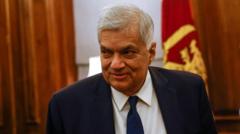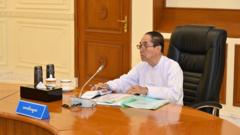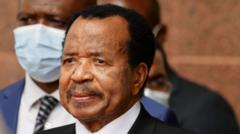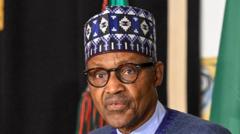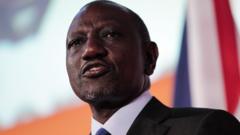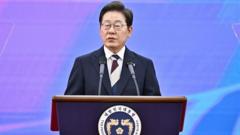SALT LAKE CITY (AP) — With the recent passing of President Russell M. Nelson, a former Utah Supreme Court justice, Dallin H. Oaks is poised to be named the next president of The Church of Jesus Christ of Latter-day Saints. The change in leadership is set against a backdrop of well-established traditions within the church that emphasize a smooth transition.
The church's hierarchy, known for its structured leadership, will ensure continuity as Oaks awaits the formal announcement after Nelson's funeral scheduled for October 7.
Understanding Church Leadership
The Church, commonly referred to as the Mormon church, is led by a president and two counselors, known as the First Presidency, who are typically selected from a governing body termed the Quorum of the Twelve Apostles. This structure has been firmly in place for decades, comprising 15 male leaders according to the church's all-male priesthood policy.
The Succession Process
A critical aspect of the church’s governance is its succession plan, where the longest-serving member of the Quorum of the Twelve assumes the presidency. This tradition, initiated in 1889, successfully prevents internal conflicts or lobbying during transitions.
President Nelson was the oldest individual to hold the presidency at 101 years old, having served for over seven years. His passing prompts automatic changes in the leadership structure, with Oaks currently heading the Quorum until the transition is formalized.
Role and Tenure of Church Presidents
The president serves as a prophet, seer, and revelator, guiding the church through divine revelation. Responsibilities include policy setting, doctrine interpretation, and managing organizational programs while overseeing various church-owned businesses valued at around $58 billion.
Choosing Counselors and New Members
Counselors are usually appointed from within the Quorum of the Twelve. Following Nelson's tenure, Oaks will select his two counselors, potentially filling a vacancy left by his precursor. The strategy also allows for diversity, as recent appointments marked a shift toward representing the church's widespread global membership.
Women in Leadership
While the highest leadership roles remain male-dominated, the church has women overseeing key programs aimed at supporting women and girls, highlighting efforts made towards inclusion and representation within church programs.
As news unfolds surrounding the leadership transition, the church community eagerly anticipates how Oaks will steer the organization into its next chapter.






